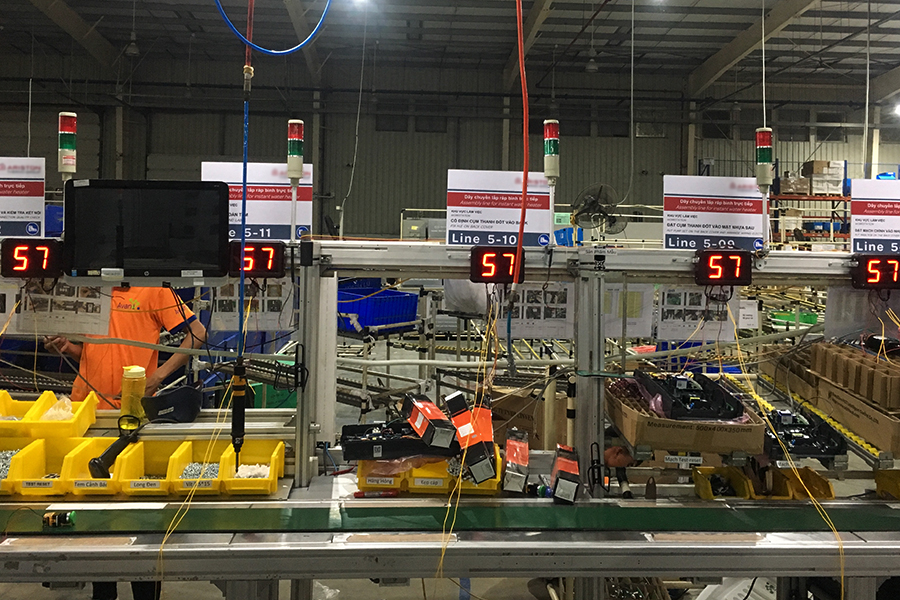
Classic stories
At Toyota, where the concept of ANDON was introduced, nowadays being an indispensable components of “Lean manufacturing”, which is famous for its economical culture and even represents the culture of Japan. In the United States, Editor-in-chief of AutoWeek said: “Savings are not just Toyota’s culture, but it’s the culture that the Japanese brought to America, or at least in their factories”. The idea of saving is always explored and implemented continuously. Each idea can save only a small value compared to the Group’s huge budget, but it has created one of the rare advantages that the American rivals can not have.
Kaizen – in Japanese means “ongoing improvement”, created by car manufacturers. But Nissan is the leader in this movement. Nissan strictly adheres to the closed production line, from the supply of materials and inputs, to ensuring continuous production, minimizing downtime and reducing warehouse requirements. Initiatives to improve and rationalize the production of Nissan encouraged all Group’s members to participate and propose. Each individual initiative brings little economic benefit, but the overall sum saves the company billions yen. There are very simple, but very effective initiatives such as changing the position of the box 10cm, changing the angle of operation or adjust the way of lighting into the workplace …
And “The saves every second” story
As a partner to deploy systems supporting production improvement, We realized that in the factory, every operation is always thought and considered to optimize, shorten each second completion of each product (cycle time). For example, an assembly line of several stages, the cycle time on the product will be the time for the slowest operator. So how to reduce that time? They use automated counters that connect to the conveyor, record how long they work, keep statistics, identify the problem and reallocate jobs for each location, optimizing best time cycle. The system helps them reduce the cycle time of a product from 55 seconds to 50 seconds, equivalent to ~ 9%. This means that one Working Shift, they raise the productivity from 600 to 655 sets.

Similarly, some production lines reduced the cycle time from 20 seconds to 18 seconds, which increased 18 products per hour and 144 products per shift. This increase in productivity does not mean that workers have to do more work, even they can reduce operations when have the optimization, help them operate easy and more quickly, job allocation more optimal.
From optimization to improving labor productivity, enterprises can enhance their competitive advantage with a lot of advantages: increased supply capacity, superior progress, minimized in-stock products, but still ensure the quality of output. With the support of technology, especially the automation systems and Internet of things will be good support for factories to make improvements.
“Ongoing improvement” – manufacturing enterprises, factories or all other businesses must create their own culture in order to be sustainable. Change or die?